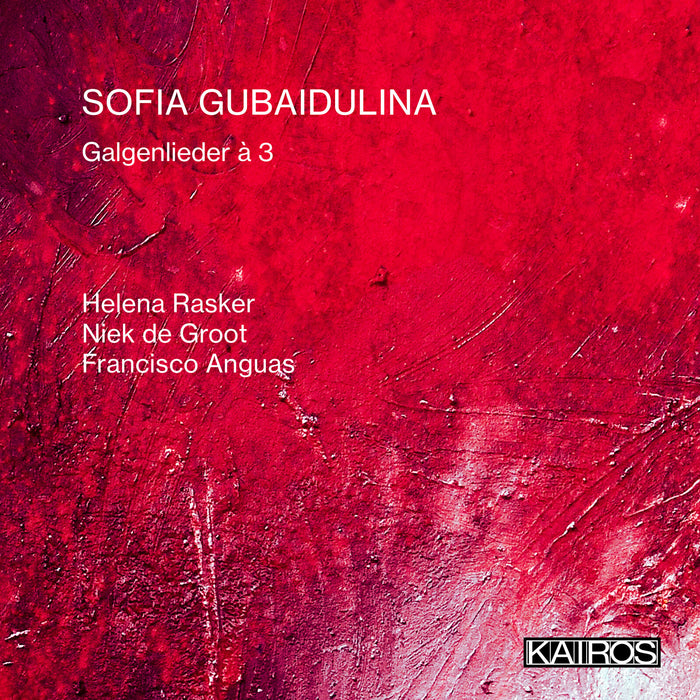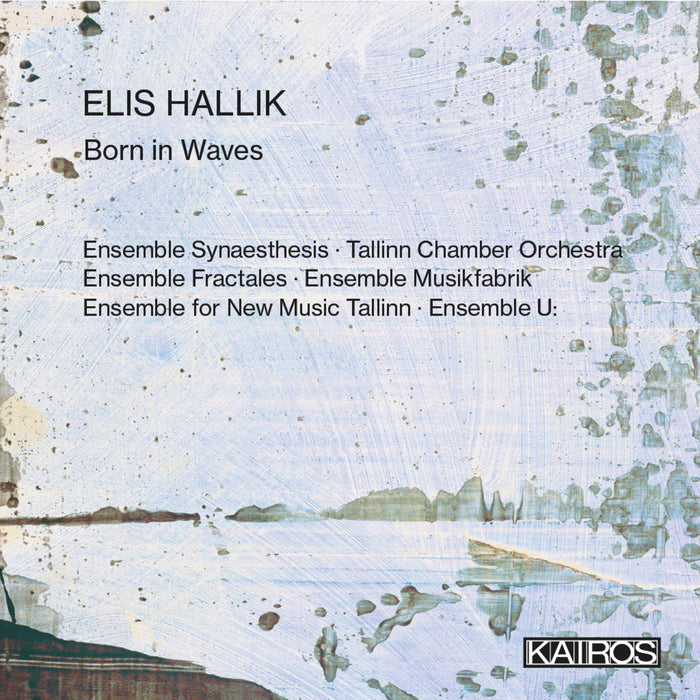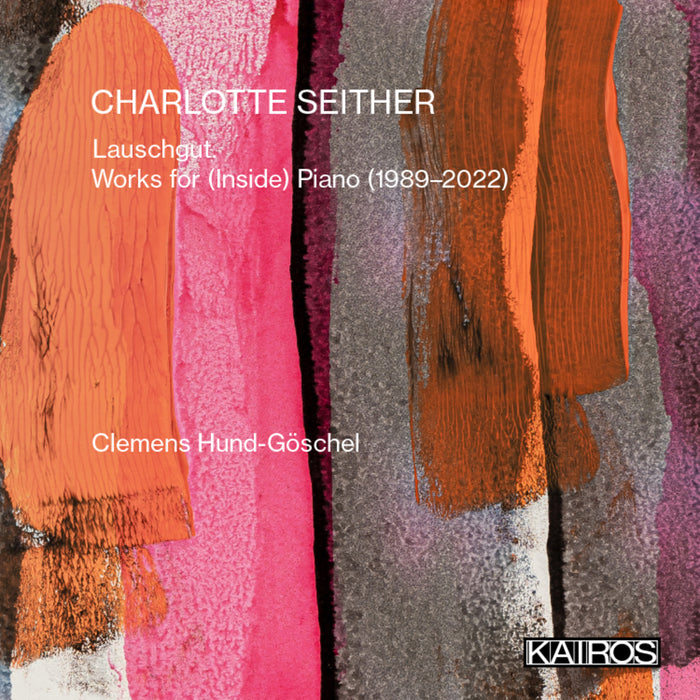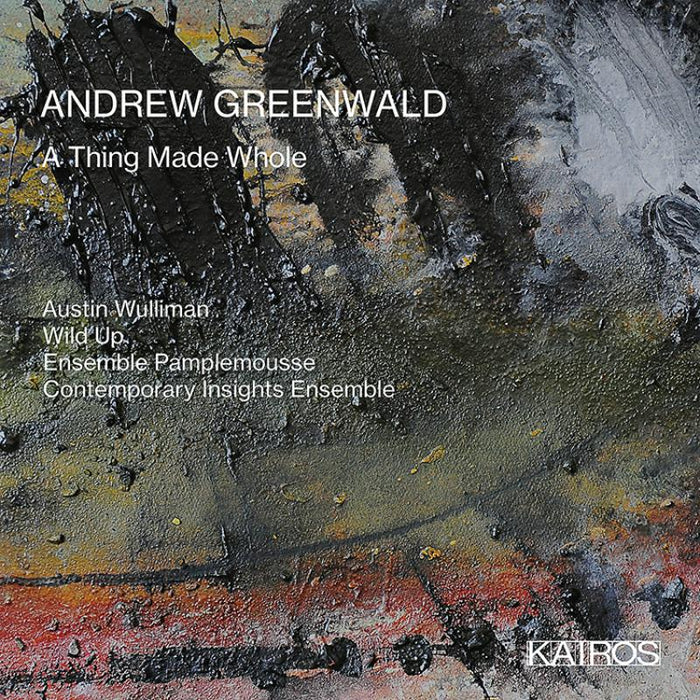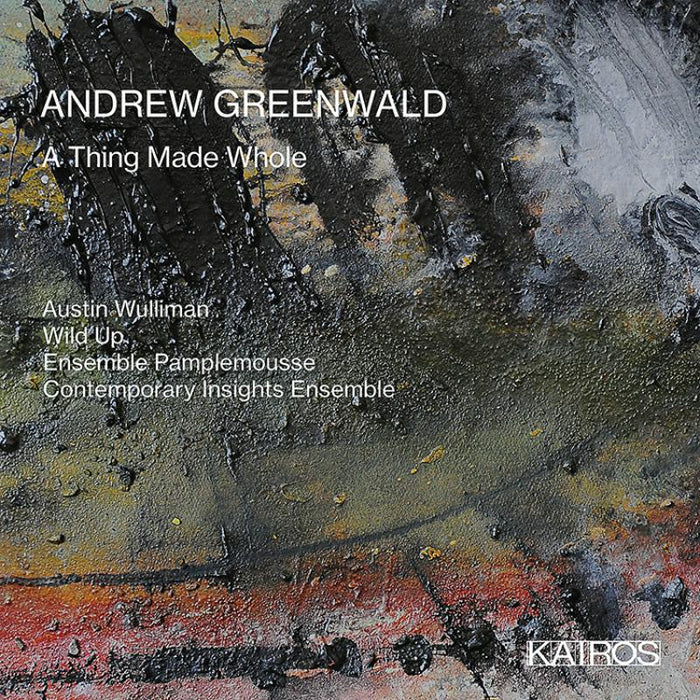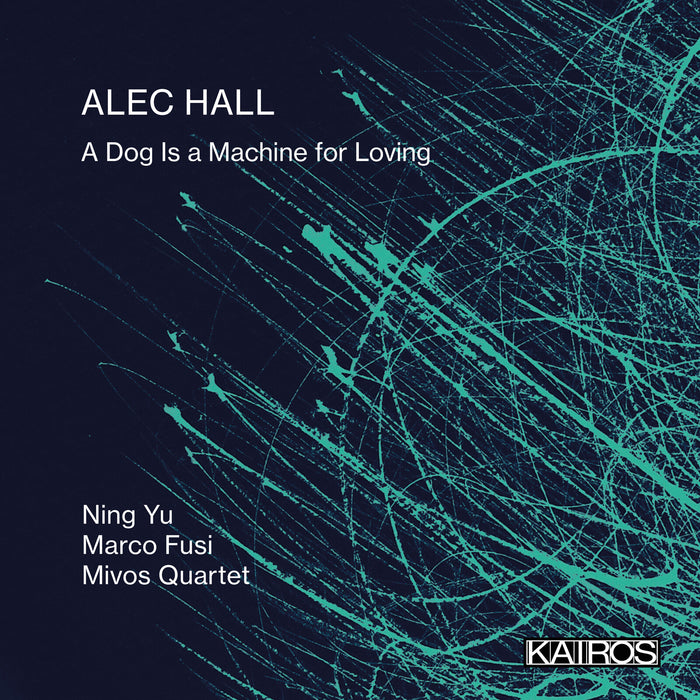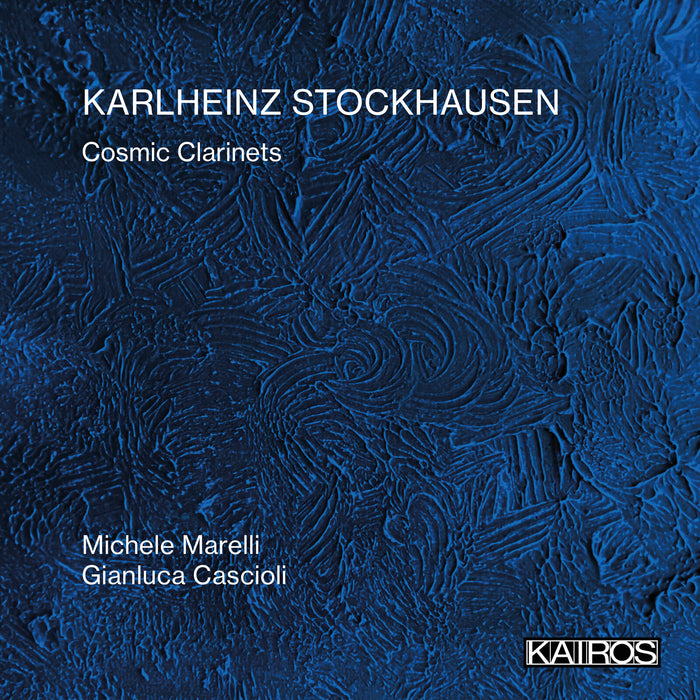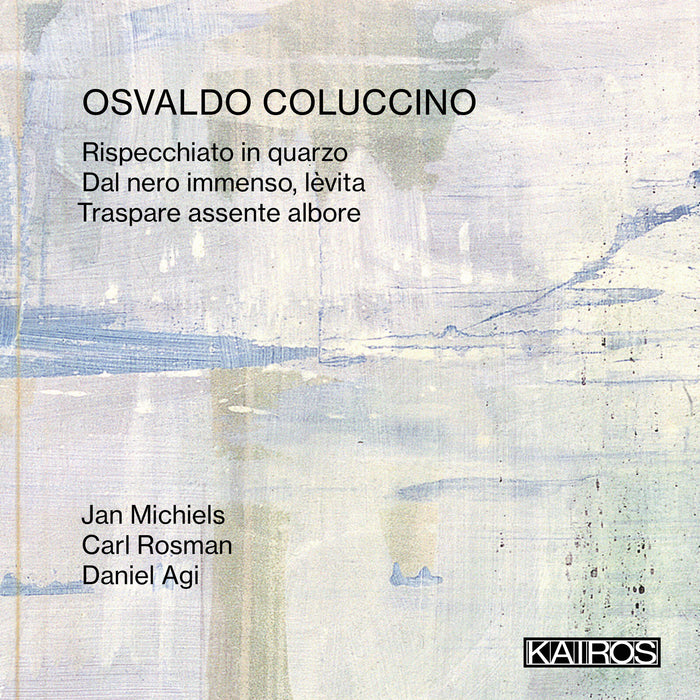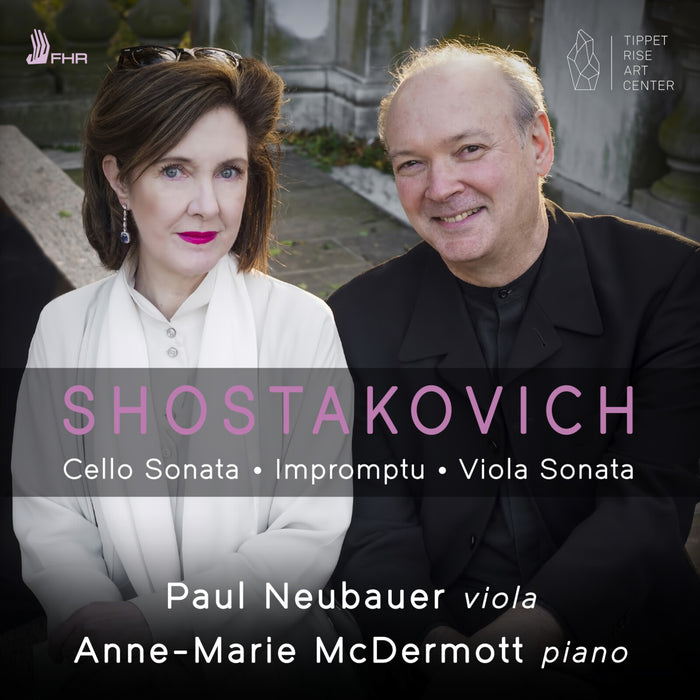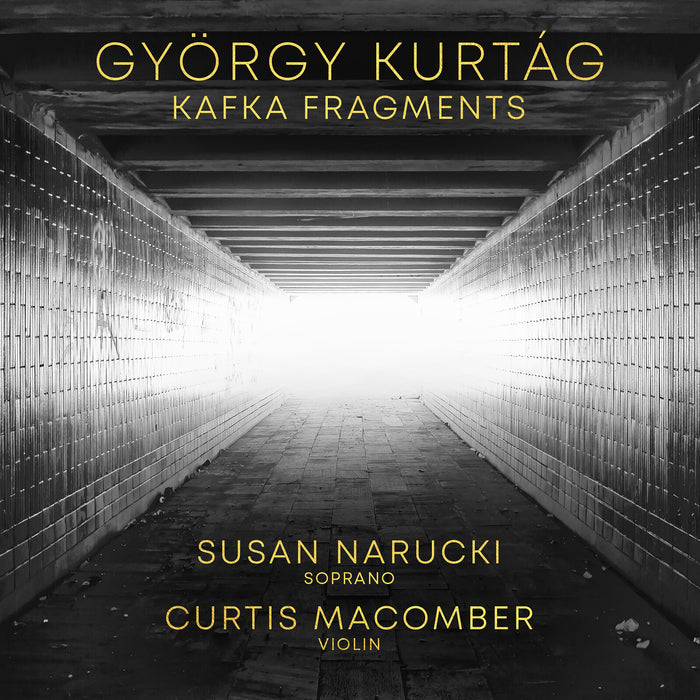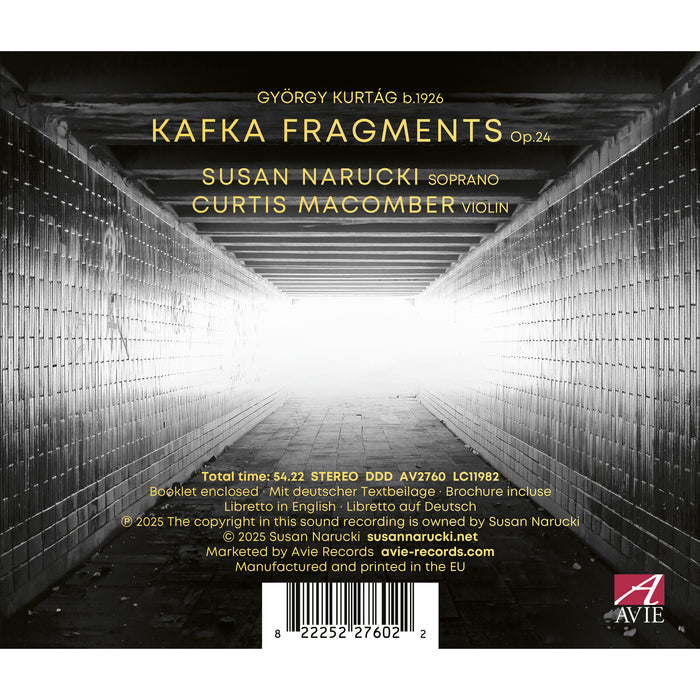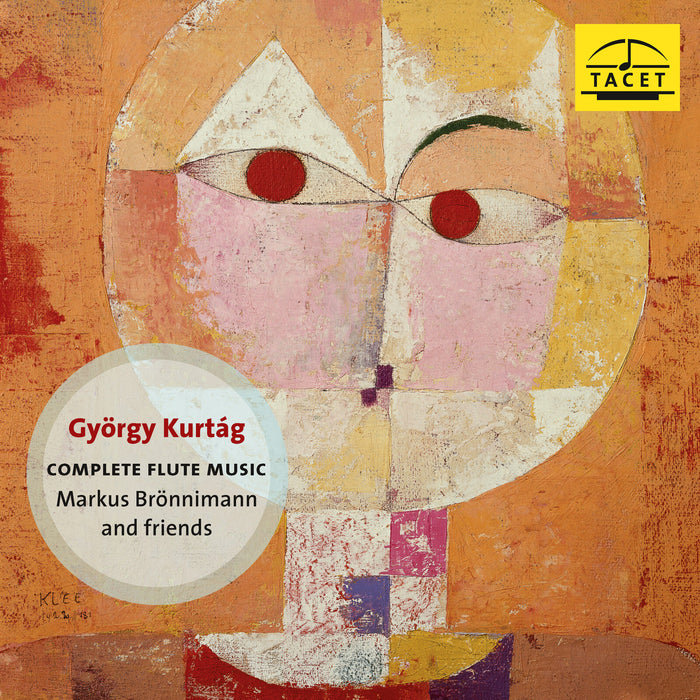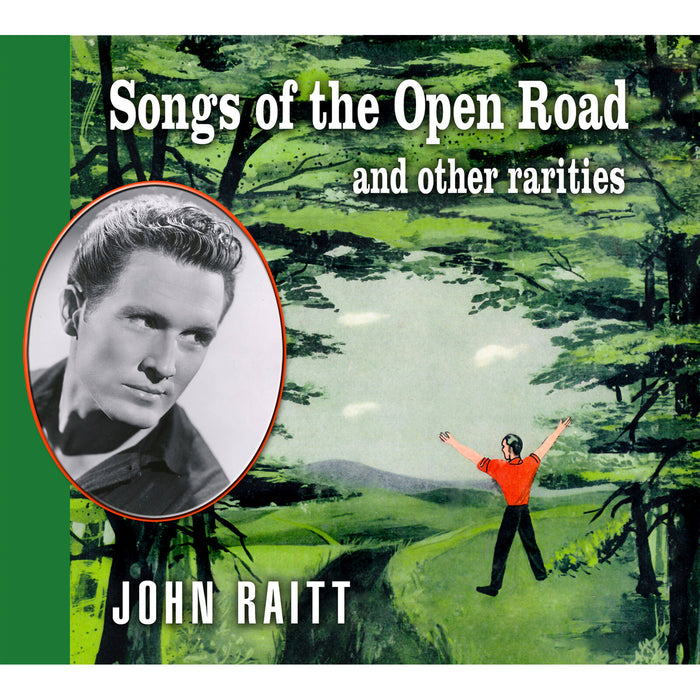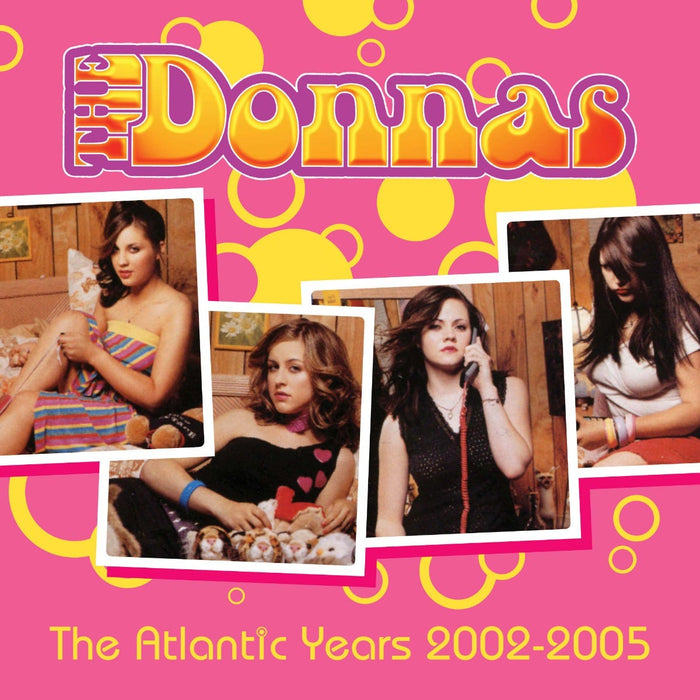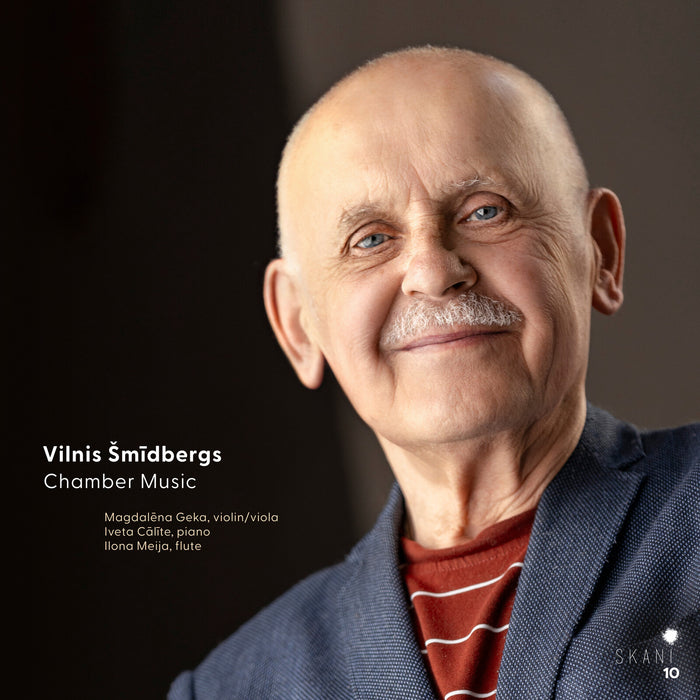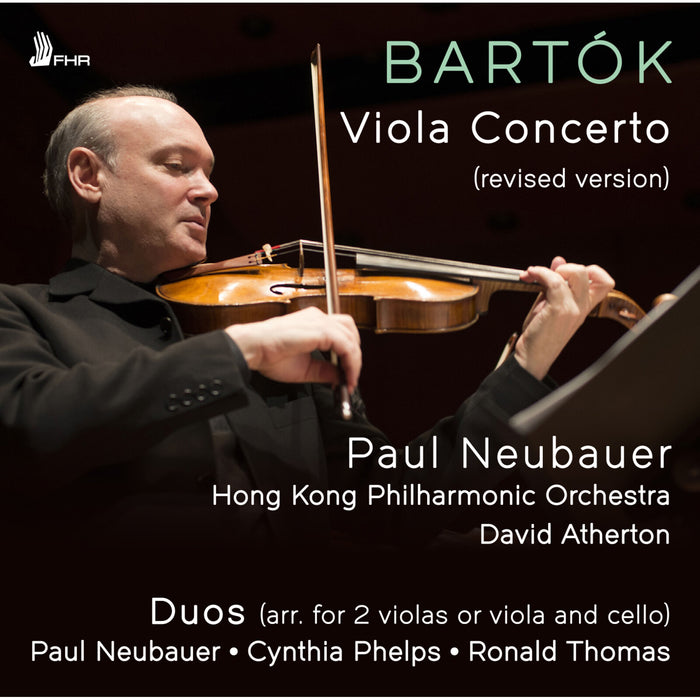Description
For Anne Harvey-Nagl, the Violin Sonata in E-Flat Major, Op 18, by Richard Strauss was the catalyst that brought her from her original home in Australia to Europe, and then to Vienna. Today's concertmaster of the Vienna Volksoper Orchestra concluded her studies with the magnificent music of this sonata, and also began her career in Europe with it. Recording the work is thus a reflection of thirty years of musical development, and testimony to an impressive musical journey. In contrast to this long association with Richard Strauss, she became acquainted with Ottorino Respighi's Sonata for Violin and Piano in B Minor only recently. But this does not detract from the work's power. The violinist Anne Harvey-Nagl has found a kindred spirit for both pieces in the pianist Julia Maria Sliwa. And a kindred spirit is indeed needed if one looks at the challenging piano scores!
It is striking how often these two violin sonatas are combined on programmes and recordings. In the repertoire, they are encircled by the sonatas of Johannes Brahms, Claude Debussy and Maurice Ravel, but our two composers have a distinct chamber music style. Richard Strauss stopped composing chamber music in 1887 to finally devote himself to opera. Ottorino Respighi completed his first major chamber music work in 1917 at the same time he was composing his popular works La boutique fantasque, based on pieces by Gioacchino Rossini, and Fontane di Roma, the first work in his great Roman trilogy.
For Anne Harvey-Nagl, the two sonatas exemplify "the changes and emotions" of that musically and socially charged period very well. "Both pieces are simply fantastic to play, and they are a good match." According to Anne Harvey-Nagl, the To Europe with Richard Strauss5 expression "a riot of musical colour" describes the Strauss sonata well, since the work is strongly reminiscent of a dramatic opera. "Respighi's work is less theatrical than that of Strauss, yet it is also characterized by a high level of intricacy and lyricism. In both pieces, the composers have been able to generate the sound of an entire orchestra using only violin and piano, which speaks for their excellence. The combination of complex density and lyrical moments is what makes them unique."


